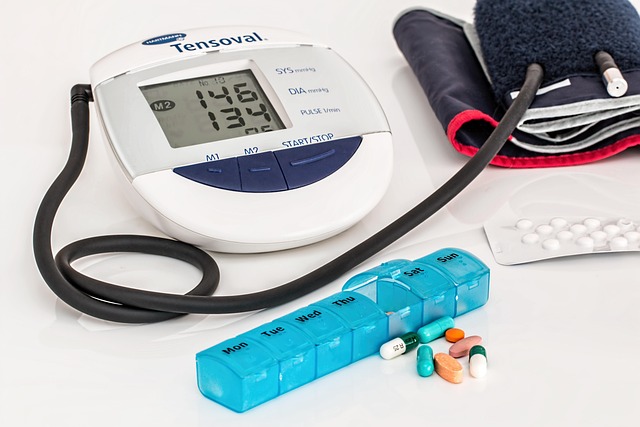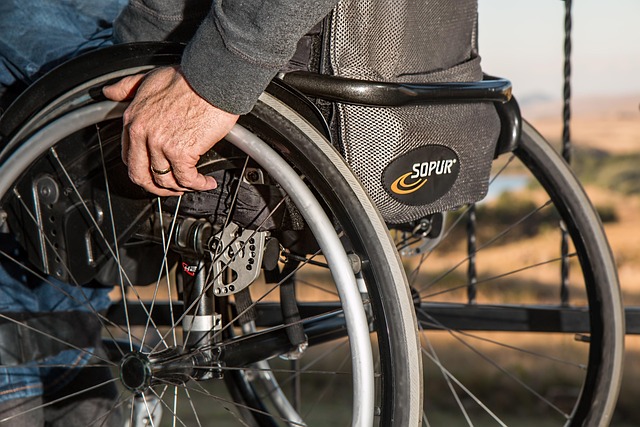Innovations in Health Sensors: Exploring Embedded Development
In recent years, the intersection of technology and health has given rise to groundbreaking advancements, particularly in the realm of embedded development. This integration has not only transformed the way we approach healthcare but also revolutionized the potential of health sensors, leading to innovations that can significantly improve patient outcomes.
Technological Innovations in Health Sensors
The rapid pace of technological innovations is reshaping the landscape of healthcare. Embedded development plays a crucial role in this transformation by enabling the creation of sophisticated health sensors that can monitor vital signs, track activity levels, and even detect anomalies in real-time. These sensors are often small, unobtrusive devices that can be worn on the body or integrated into clothing, allowing for continuous data collection without disrupting a person’s daily life.
One remarkable example is the emergence of wearable health monitors that utilize embedded systems to provide instant feedback on various health metrics, such as heart rate, blood pressure, and glucose levels. With data being transmitted directly to smartphones or healthcare providers, patients can take a more proactive approach to managing their health. This technology not only empowers individuals but also fosters a more interactive relationship between patients and their healthcare providers.
Health Innovations Driven by Embedded Development
Embedded development is not just about enhancing existing health monitoring devices; it also plays a pivotal role in the creation of innovative solutions for diverse health challenges. For instance, recent advancements in biosensing technologies are enabling the development of sensors that can provide insights into metabolic functions, and hormonal fluctuations, and even early-stage disease detection. These innovations can lead to personalized medicine approaches, tailor-fitting treatments to individuals based on real-time data.
Moreover, the integration of artificial intelligence (AI) with embedded health sensors is leading to smarter diagnostic tools that can interpret complex data sets more efficiently than ever before. By harnessing the power of machine learning, these systems can identify patterns that may not be visible to the human eye, ultimately enhancing early diagnosis and treatment efficacy.
As we continue to navigate through an era defined by rapid health-related innovations, it’s clear that embedded development will remain a cornerstone of advancements in health technology. The ongoing evolution of health sensors not only improves the quality of care but also fosters a deeper understanding of health and wellness, making it a thrilling field for both developers and users.
The future is bright for embedded development in health sensors, and the potential to enhance lives through technological innovation is only just beginning to be realized. As these technologies evolve, we can expect even greater advancements that will redefine the healthcare landscape and enhance our overall well-being.




